Search the Special Collections and Archives Portal
Search Results
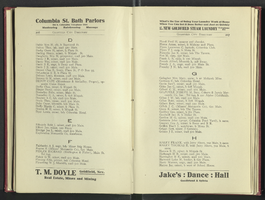
sod2021-076-113
Text
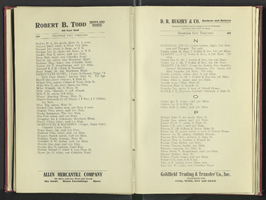
sod2021-076-114
Text

sod2021-076-115
Text

sod2021-076-117
Text
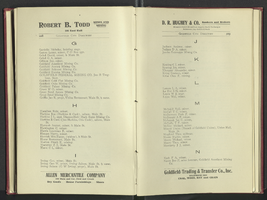
sod2021-076-118
Text
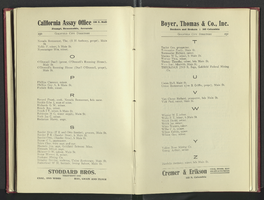
sod2021-076-119
Text
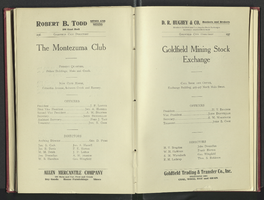
sod2021-076-122
Text
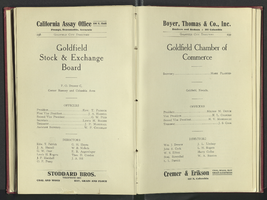
sod2021-076-123
Text
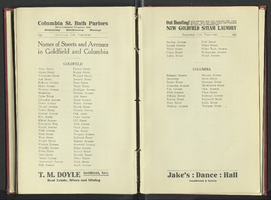
sod2021-076-124
Text

sod2021-076-125
Text
Pagination
Refine my results
Content Type
Creator or Contributor
Subject
Archival Collection
Digital Project
Resource Type
Year
Material Type
Place
Language
Records Classification
